Saving the Planet, One Felled Forest at a Time
Queensland’s highland forests are being bulldozed for ‘green energy’
Guest Post by Stephen Nowakowski
Wilderness Photographer and Environmentalist
This is what the renewable energy transition looks like — bulldozers carving through some of the most biologically important landscapes in Queensland.
These photos are from the Connors Range in central Queensland. It features elevated ridgelines, dense bushland, and remnant high-altitude forests — important ecological refuges. The area is known for its biodiversity, including significant populations of koalas, gliders, and other native wildlife.
About 310 hectares of old-growth forest in the Connors Range adjacent to the Glencoe State Forest will be demolished to build the Lotus Creek industrial wind farm.
A recent study by geneticists at the University of Sydney found that koalas on the Connors Range have the highest genetic diversity in the country. This mountain range is critical to maintaining a diverse genome, essential for immune competence and disease resistance in the species.
At the same time, citizen science volunteers are investigating whether low-frequency noise from wind turbines might be masking the mating calls of male koalas — potentially impacting their breeding success. Despite this, none of the 53 wind farms currently proposed across Queensland have been required to conduct long-term studies on impacts to mammals, amphibians, or any other species.
There are no environmental boundaries. No detailed remediation plans. Not even a clear picture of what decommissioning will look like.
This one project alone will see 58 kilometres of haulage roads cut across the ridgelines of the Connors Range. Statewide, 4,050 kilometres of new roads will be punched through wild and mountainous terrain to service wind farms.
And that’s just the beginning.
There are 4,568 wind towers in the pipeline, stretching down the length of Queensland’s coastal ranges — threatening some of the last high-altitude remnant forests in the state. These refuges are not just scenic; they are ecologically irreplaceable.
The list of impacted areas includes:
Mount Hopeful – a place of immense biodiversity and beauty will be next (stable population of yellow bellied gliders and northern quolls)
Boomer Range
Moah Creek
Seaview Range – Upper Burdekin, Mt. Fox, and Hidden Valley
Callide Range
Many Peaks Range
Specimen Hill
Eungella Range
Proserpine Range
Moonlight Range
Mount Challenger
The images show land clearing for just four turbines. Four. And there are more than four thousand yet to come.
All the while, the same Integrated System Plan that promotes this buildout quietly acknowledges we’ll need more gas to keep the lights on — including 15 gigawatts of new gas plants to back up renewables when the wind doesn’t blow and the sun doesn’t shine.
That’s why Andrew Forrest is building a Liquified Natural Gas import terminal at Port Kembla. Because behind all the marketing of green energy, the reality is that wind towers don’t work without gas.
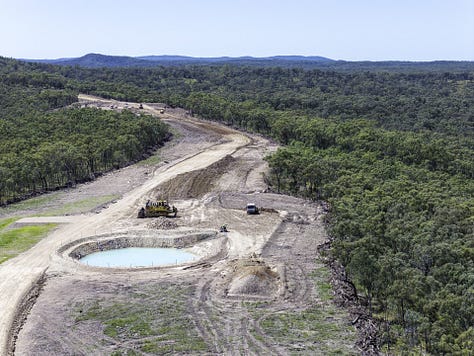
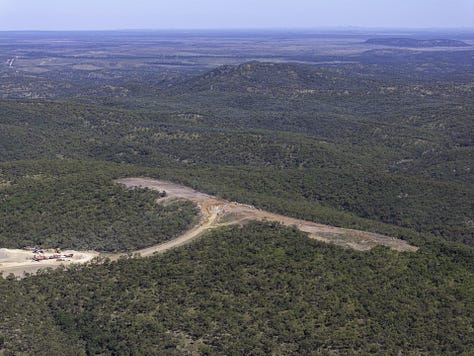
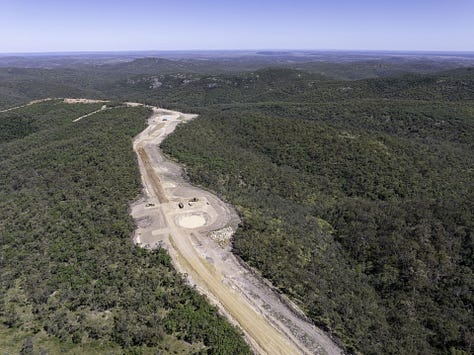
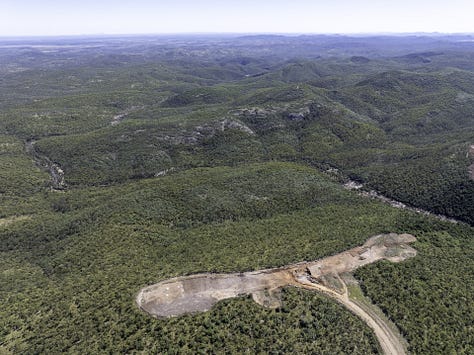
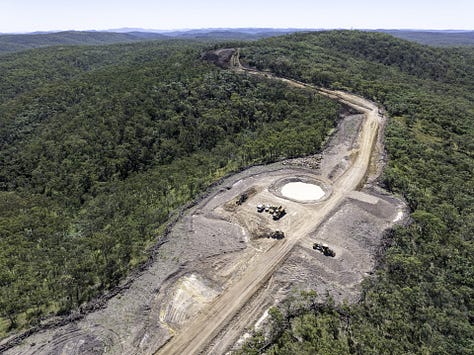

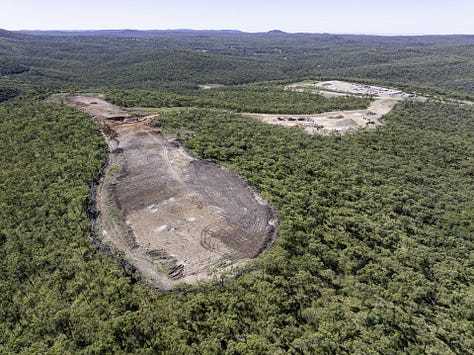
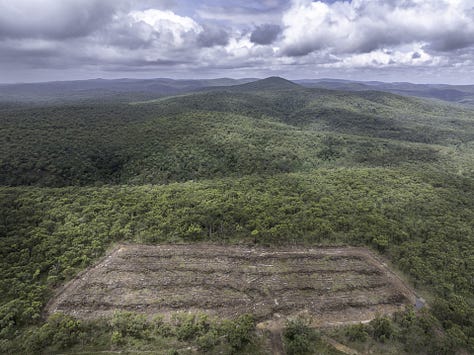
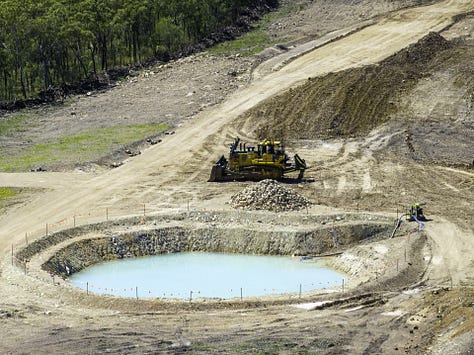
Stephen Nowakowski is a wilderness photographer and environmentalist. His group, Rainforest Reserves Australia, works to protect Queensland’s forests. You can support their work with a tax-deductible donation. Here is a link to their site.




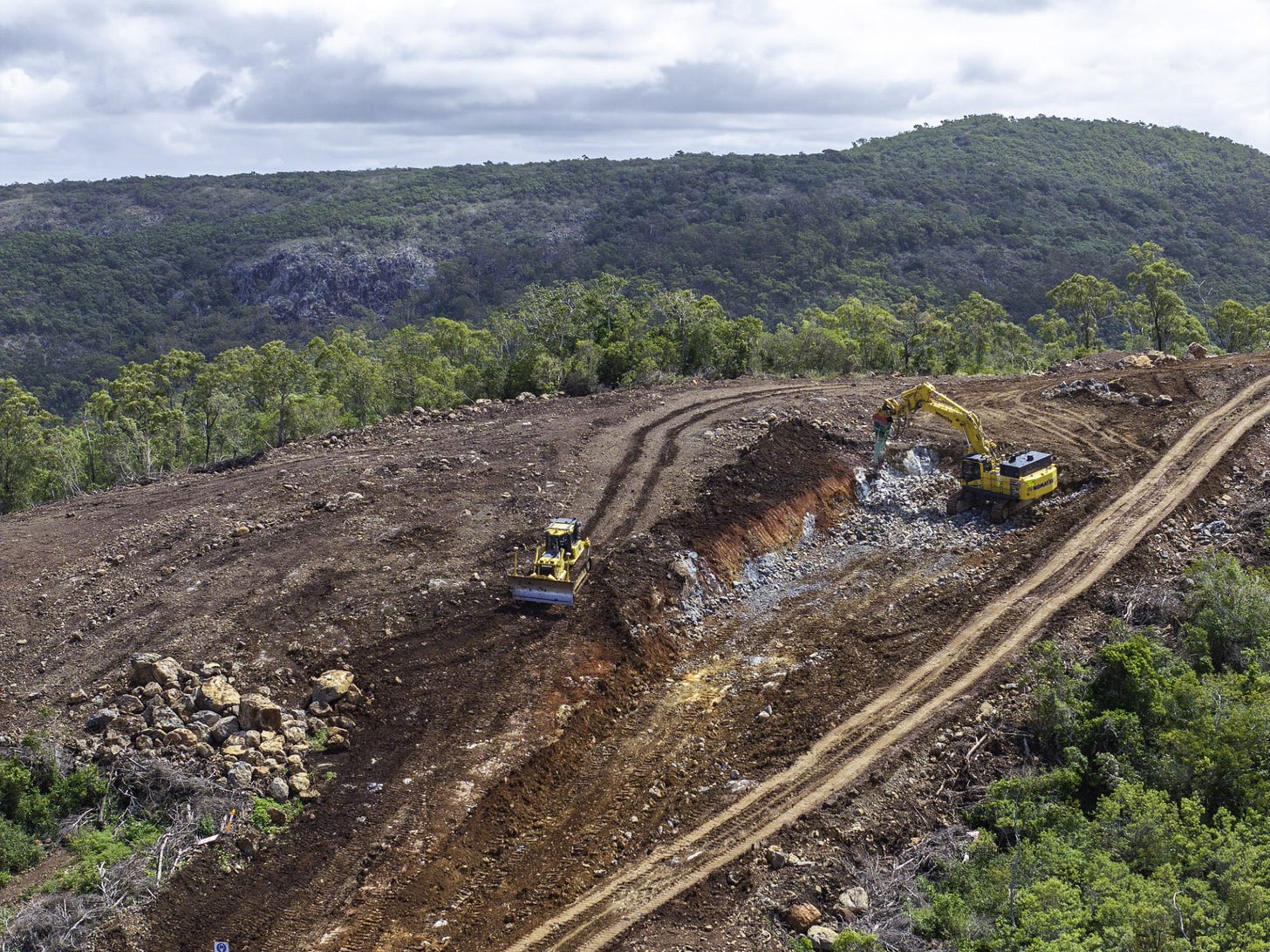
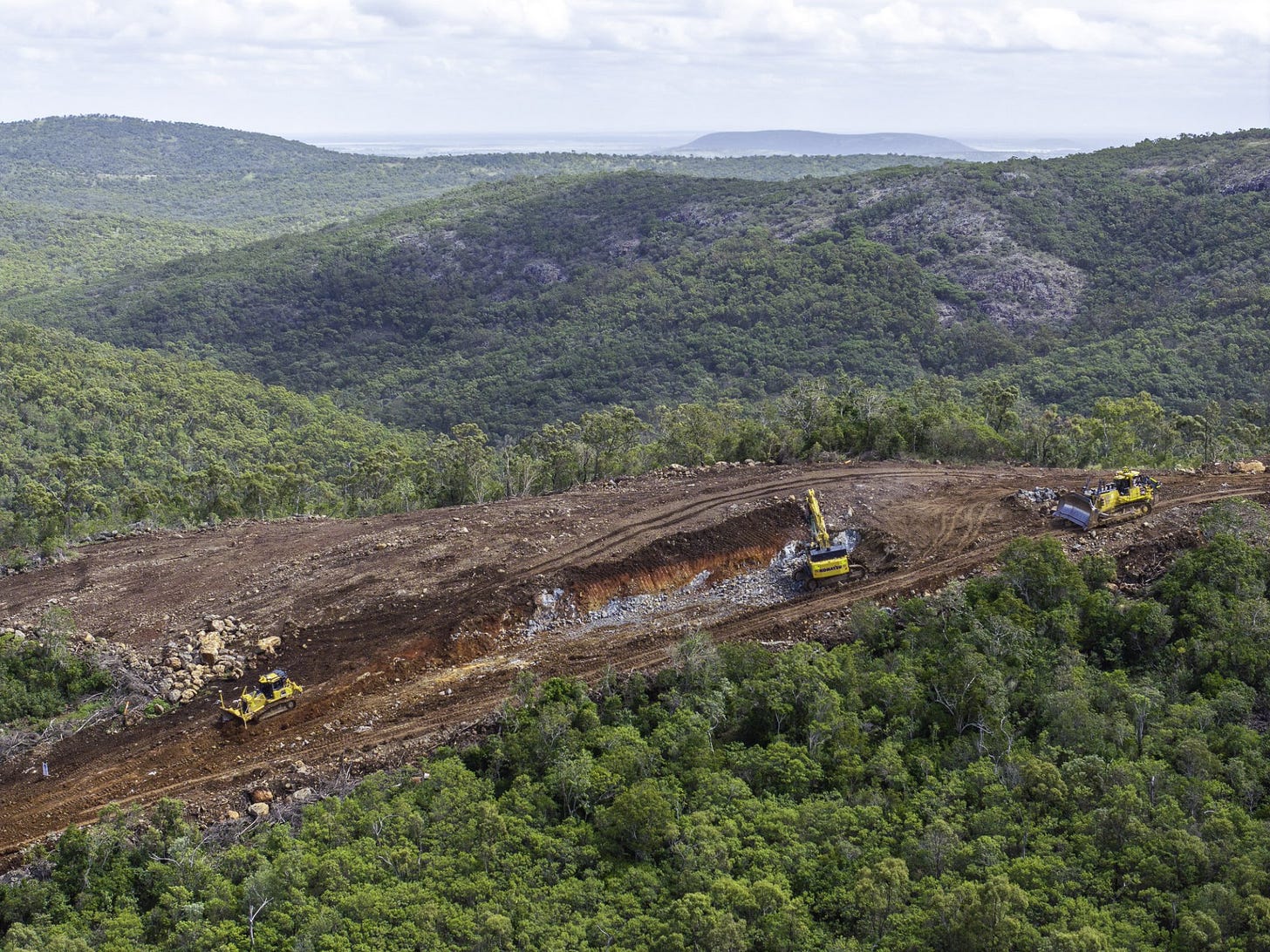
It's the European, rich nation, diversion of wealth disease. Half the population is facing housing costs that makes family formation and child bearing untenable. Starve people to supposedly save the planet.
If a historian looks back at this in fifty years time, what will he write?
The planet is greening. All life depends on plants.
Chopping down acres of trees is sacriledge. Can”t people understand that trees renew the worlds oxygen supplies by absorbing CO2 and diischarging oxygen? Chopping down acres of trees is the quickest way of increasing global warming. And No doubt they do not care how many peoples income and lives they destroy. Just sell the timber and make lots of money!!!